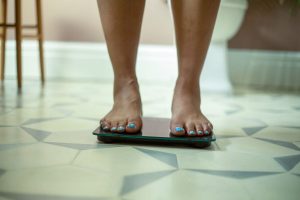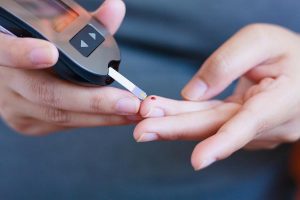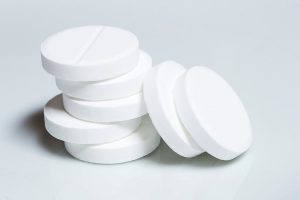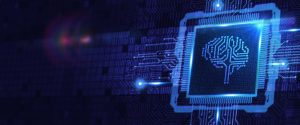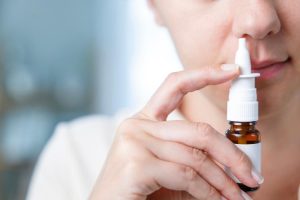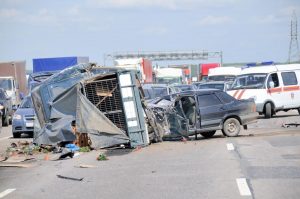Some thiings never change: Scientists say the bacteria circulating in the International Space Station are similar to those in homes on Earth.
That’s the conclusion of researchers at the University of California, Davis, who analyzed bacteria collected by astronauts.
“So ‘is it gross?’ and ‘will you see microbes from space?’ are probably the two most common questions we get about this work,” study co-author and microbiologist David Coil said.
“As to the first, we are completely surrounded by mostly harmless microbes on Earth, and we see a broadly similar microbial community on the International Space Station (ISS). So it is probably no more or less gross than your living room,” he said in a university news release.
Because the space station is completely enclosed, the microbes inside the station come from the people on the station and the supplies sent to them, Coil and his colleagues explained.
According to study lead author Jenna Lang, “The microbiome on the surfaces on the ISS looks very much like the surfaces of its inhabitants, which is not surprising, given that they are the primary source.” Lang is a former postdoctoral scholar at UC Davis.
“We were also pleased to see that the diversity was fairly high, indicating that it did not look like a ‘sick’ microbial community,” Lang added.
For the study, the researchers highlighted some of the thousands of bacterial species found in 15 locations on the space station. They compared the results with previous studies that examined bacteria in homes and on human bodies.
The study was published online Dec. 5 in the journal PeerJ.
More information
The Microbiology Society has more about bacteria.
Copyright © 2025 HealthDay. All rights reserved.











